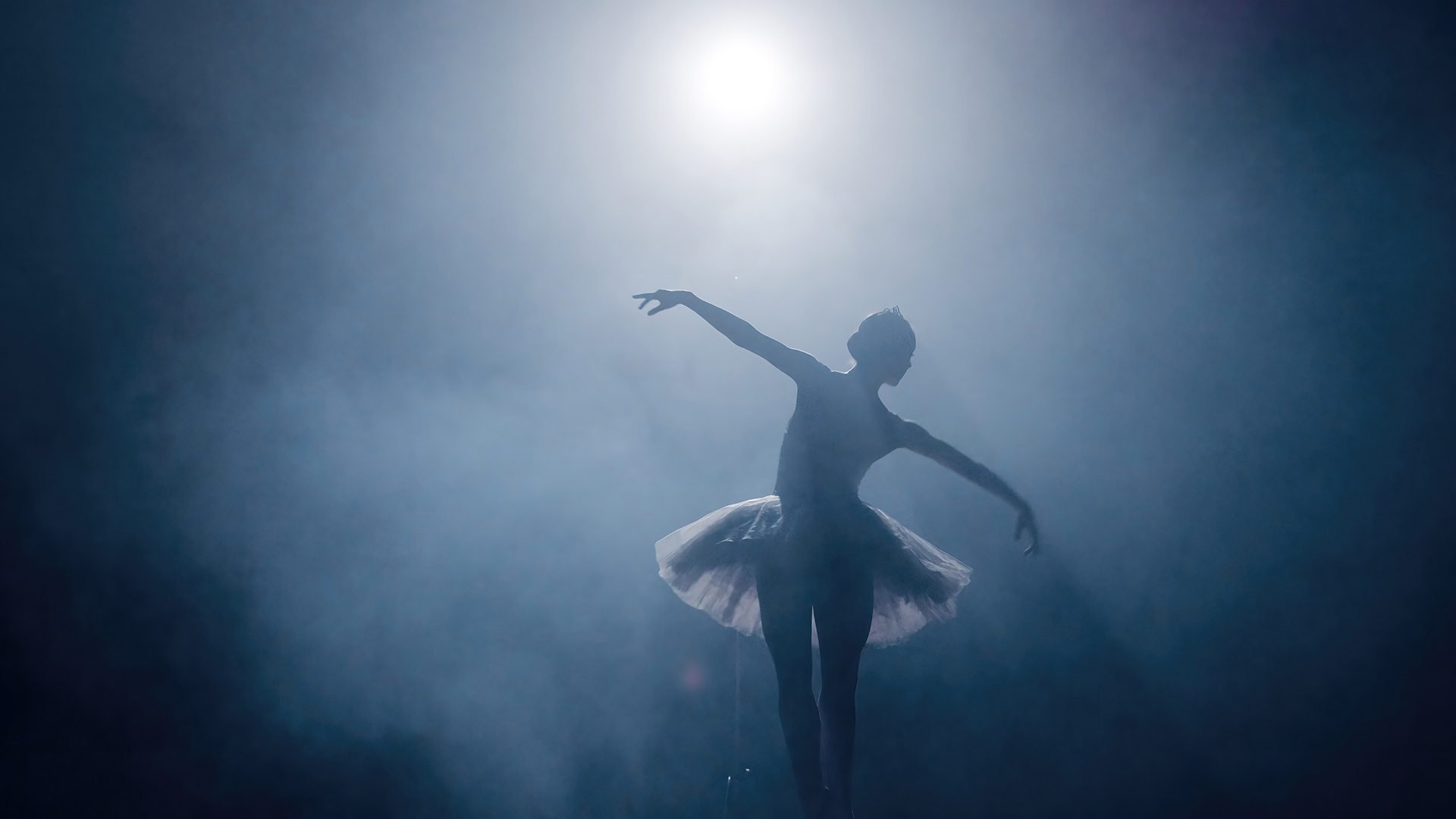- Future Students
- How to Apply
- Visit UHCL
- Admitted Students
- Tuition, Costs and Aid
- Degrees and Programs
- Contact Admissions
- More Information
- Current Students
- Class Schedule
- Academic Calendar
- Advising
- Events
- Library
- Academic Resources and Support
- Student Services and Resources
- More Information
- Alumni
- Lifetime Membership
- Alumni Events
- Update Your information
- Awards and Recognitions
- Give to UHCL
- More Information
Gender roles in dance featured in Women's and Gender Studies talk
April 6, 2021 | UHCL Staff

Shakespeare's "A Midsummer Nights Dream," one of the famous bards most popular comedies, explores gender roles and power struggles between the characters.
University of Houston-Clear Lake Professor of Literature Elizabeth Klett is presenting the third in a series of four conversations featuring the published work of professors in the College of Human Sciences and Humanities' Women's and Gender Studies program. Her presentation, entitled, "Gender, Power and Desire in Dance Adaptations of Shakespeare's 'A Midsummer Night's Dream," takes place virtually on April 12 at 2 p.m.
She will focus on the material from the first chapter of her recently-published book, "Choreographing Shakespeare: Dance Adaptations of the Plays and Poems."
"Through three ballets based on this play, we're talking about how gender, power and desire are conveyed through dance, specifically the 'pas de deux,' which is a classical ballet dance that usually explores the love relationship between a man and a woman," Klett said. "I'll discuss ways in which both the plays and the ballets give the perception that there's a traditional 'balance' between men and women. In ballet, the man is the strong one, picks the woman up, displays her as she looks pretty as he shows her off."
She said the man took the active role, while the woman remained more passive. "This is similar in Shakespeare's comedies. In the end, the woman is conquered and subdued by the man. There's a parallel between the dance and the play."
Klett said she would argue that the plays and dances were not that simple. "The women are often very active, they challenge stereotypes about gender, and the dances show the woman isn't just doing nothing while the man is carrying her around," she said. "It takes both of them to create a partnership."
In the plot of "A Midsummer Night's Dream," Klett said that the fairy king Oberon is in conflict with his queen, Titania. To humiliate her and win the argument, the king plays a cruel trick in which he causes his wife to fall in love with the first thing she sees — which happens to be a donkey.
"I'm arguing that the dance takes this relationship and makes the queen more active and stronger," she said. "This doesn't have to be about her being humiliated and tricked. Through the dance, she can demonstrate strength and power."
Klett said she would talk about the background of the pas de deux, and show a lot of pictures. "There are no words, so it's all about how the movement is perceived. There is no one correct response. I'm interested to hear what others have to say about what they see in the dance."
The fourth and final installment in the series, called "Warriors for Lower Prices: Women in the Interwar New Orleans Cooperative Movement," will be by Clinical Assistant Professor of First-Year Seminar and Humanities Anne Gessler, May 3 at 2 p.m.
Both events are presented virtually via Zoom.






